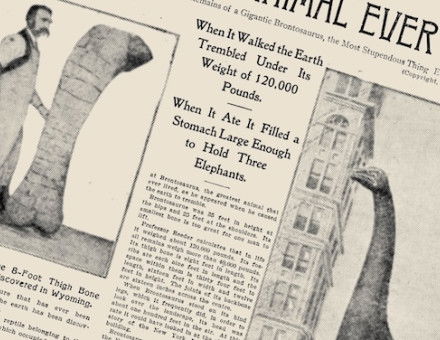Trade Unions in the USA
Mark Rathbone considers why American trade unionism was so violent for much of 1865-1980 but so much more peaceful by the mid-twentieth century.
The history of trade unions in the USA is littered with examples of appalling violence. The first truly nationwide strike, the railroad strike of 1877, set the pattern for labour-related violence, leaving 26 dead in Pittsburgh alone. Sometimes it was union members who were responsible for bloodshed, as in the Herrin Massacre in Williamson County, Illinois, in 1922, when striking miners killed 19 non-union workers. On other occasions, such as the Ludlow Massacre of 1914, which saw the murder of 20 people, many of them women and children, strikers were the victims of violence initiated by employers. As late as 1937, ten striking steelworkers were killed by South Chicago police in the Memorial Day massacre.
Why is labour history in the United States so characterised by bloody confrontation, to a much greater extent than, for example, that of Britain? And why, by the mid-twentieth century, did such violence give way to a more peaceful and cooperative pattern of labour relations?





